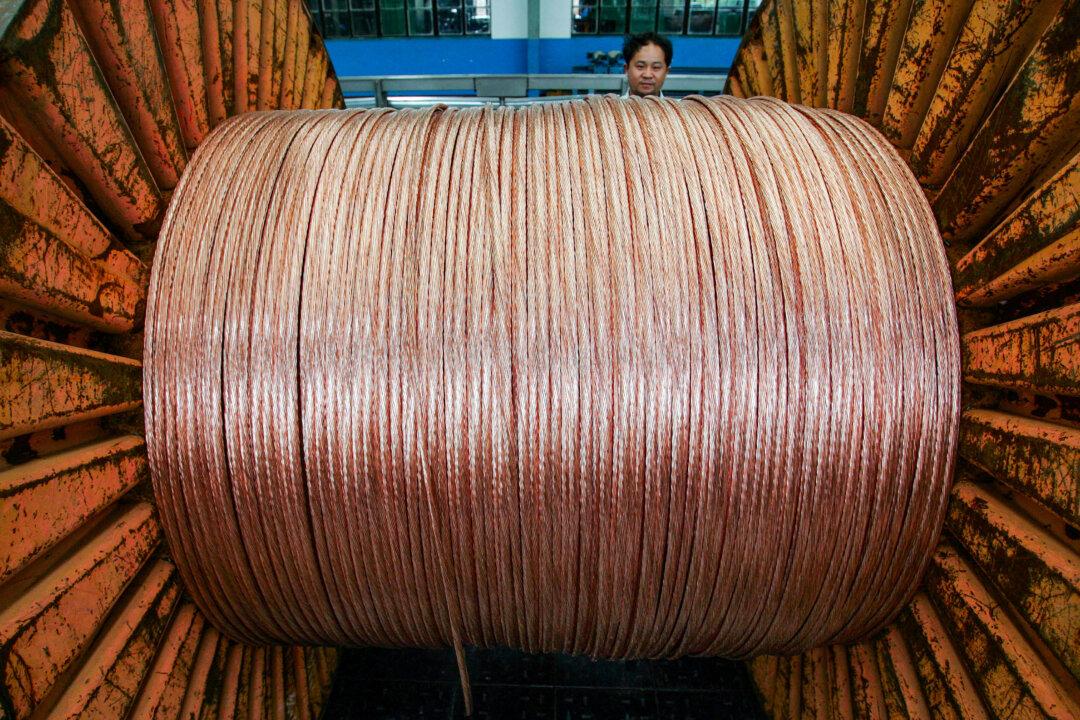Canada’s goal of reducing carbon emissions cannot be achieved without relying on China, a new energy industry report says.
The key to success is copper, an essential component of electrification, according to the authors of “Securing Copper Supply: no China, no energy transition,” published by data and analytics firm Wood Mackenzie.





